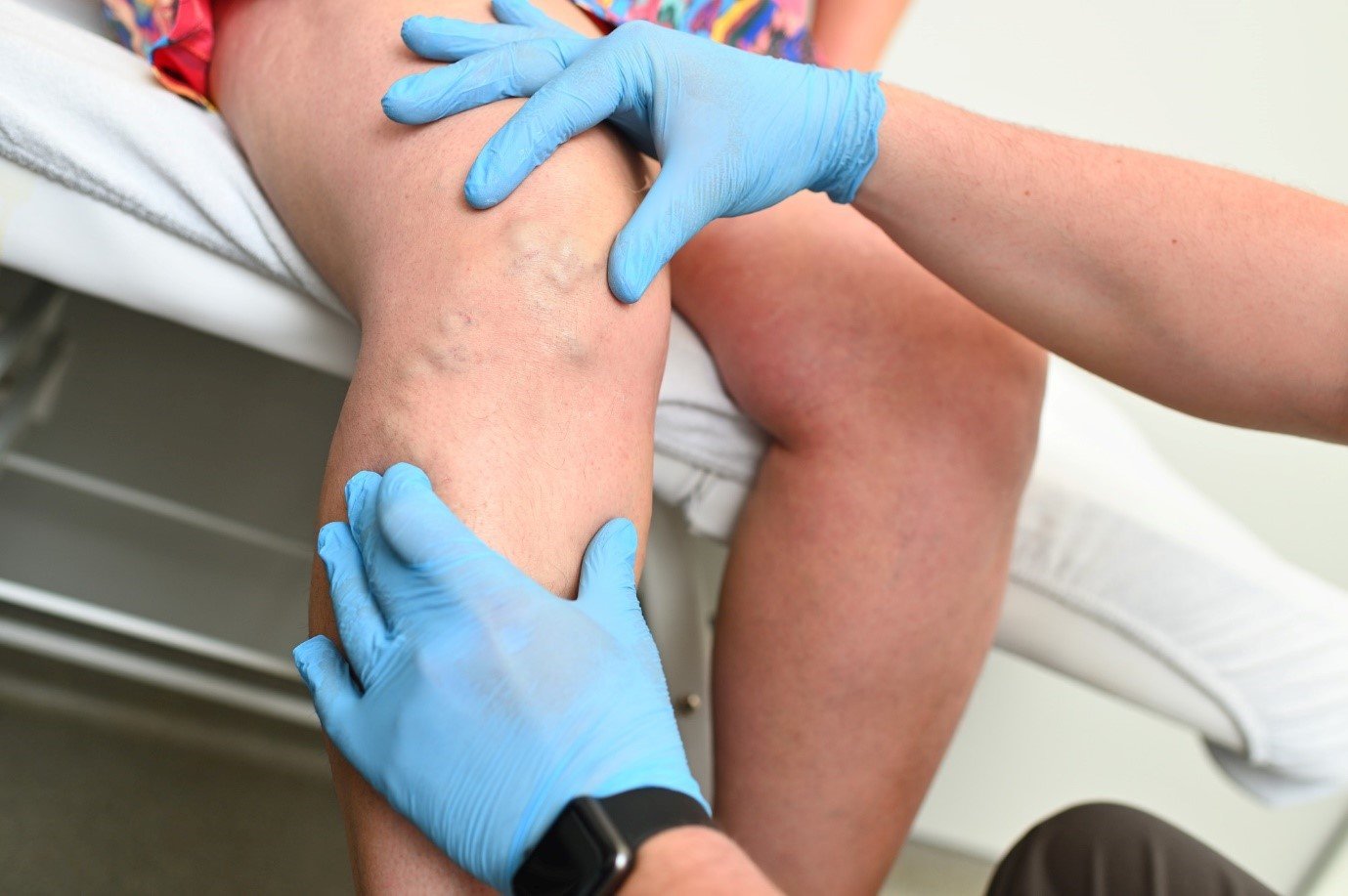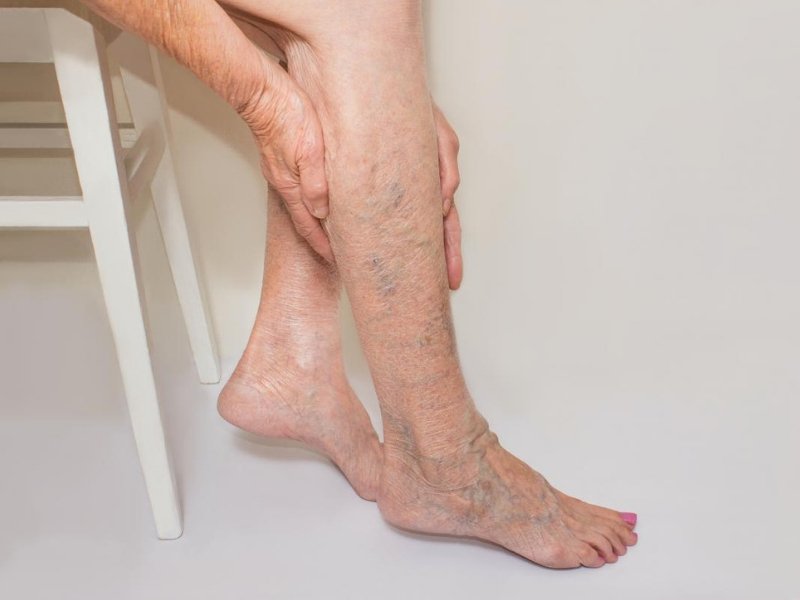Are you experiencing unsightly varicose veins? Not only are they a cosmetic concern, but they could also be an indication of other serious skin problems. If left untreated, these issues can lead to discomfort and even more severe health complications. In this blog post, we’ll explore the top five skin problems associated with varicose veins that you should pay attention to and seek treatment.
Skin problems linked to varicose veins
If you have varicose veins, you may also be at risk for developing skin problems. Because varicose veins can cause pooling of blood in the legs, this can lead to inflammation and swelling. Over time, this can damage the skin and lead to various skin problems, such as:
Skin ulcers: Skin ulcers are open sores that can occur when the skin is damaged and does not heal properly. Varicose veins can increase your risk for developing skin ulcers, particularly if the veins are located on your lower legs.
Eczema: Eczema is a common skin condition that can be a symptom of underlying varicose veins. It can also lead to cracked, dry, or scaly skin. If you have eczema, you may be more likely to develop varicose veins.
Spider veins: It’s estimated that about half of the adult population in the United States has some form of venous disease. That includes varicose veins and spider veins, which are usually harmless but can be quite painful and unsightly.
Spider veins are smaller, thinner versions of varicose veins and are often red or blue in color. They usually appear on the legs, thighs, and ankles and can be quite painful. If you have spider veins, you may notice a burning or itching sensation, as well as swelling in your legs.
If you have spider veins, it’s important to see a doctor if you experience any pain or discomfort.
How to get rid of varicose veins
If you are one of the millions of people suffering from varicose veins, you may be looking for ways to get rid of them. While there are many treatments available, not all of them are effective. Some treatments, such as surgery, can even be risky.
There are several other treatments that can be used to get rid of varicose veins. These include:
Endovenous laser treatment: This involves using a laser to destroy the vein. It is a minimally invasive procedure that is usually carried out in an outpatient setting.
Sclerotherapy: This involves injecting a solution into the vein, which destroys it.
Sclerotherapy is a medical procedure used to treat varicose veins and spider veins. It involves the injection of a sclerosing solution into the affected veins, which causes them to become inflamed and eventually shrink and disappear.
-Surgery: In some cases, surgery may be necessary to remove the varicose veins. This is usually only considered if other treatments have failed or if the veins are causing severe symptoms.
Conclusion
Varicose veins can be a serious condition and can lead to other skin problems if not treated. It is important to seek medical attention at the first sign of varicose veins or any of the associated skin issues. Treatments are available, and some may even help prevent future complications from developing. Being aware of potential risks is essential for maintaining healthy skin, so it’s important to keep an eye out for signs that you may have varicose veins or related symptoms. Contact Varicose Veins and Wound Clinic for Varicose Vein Treatment in Mumbai.




